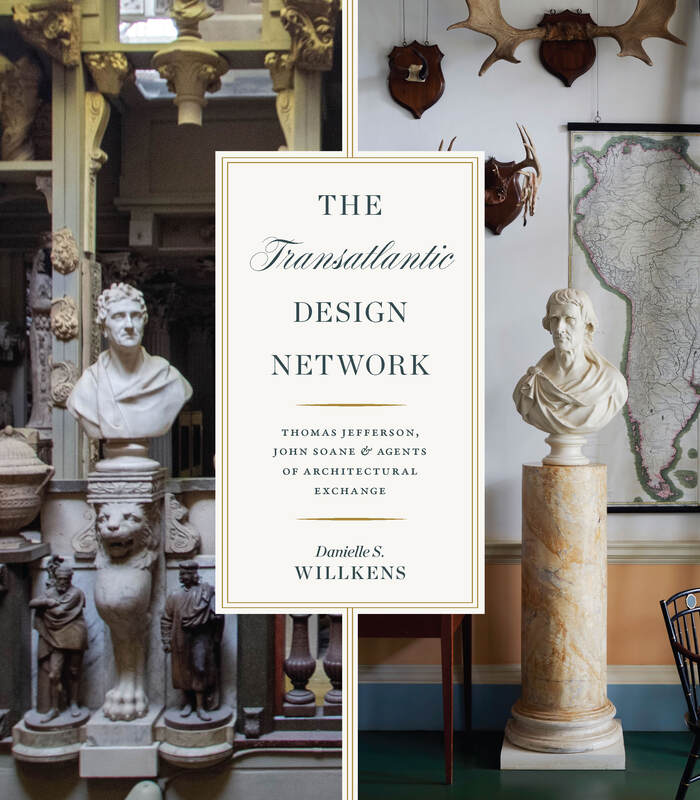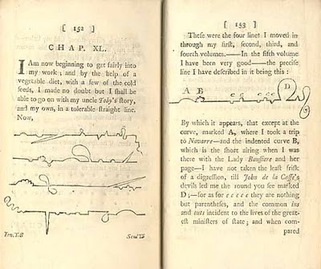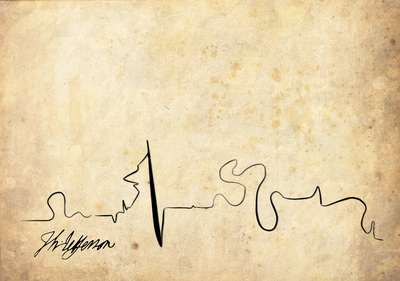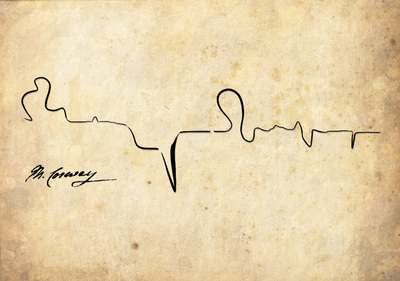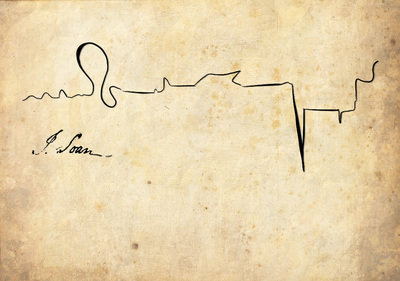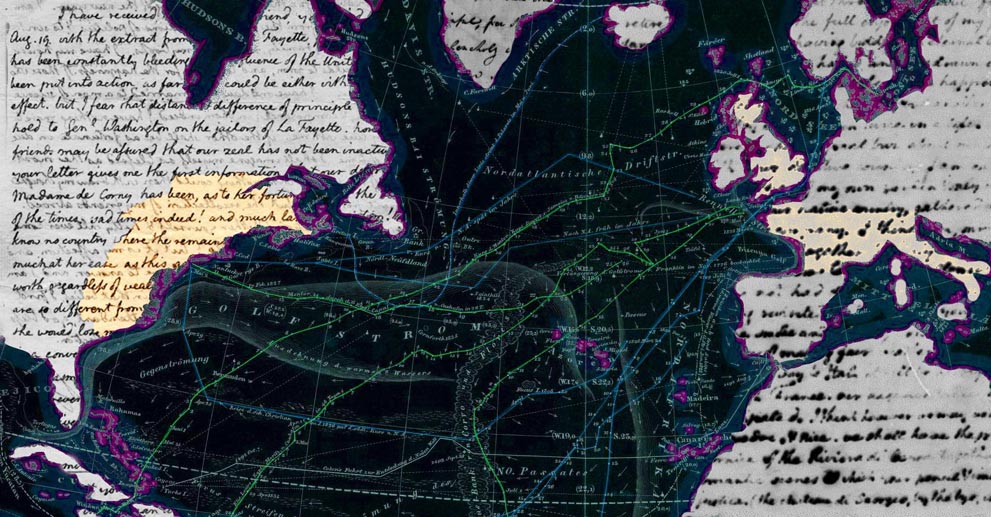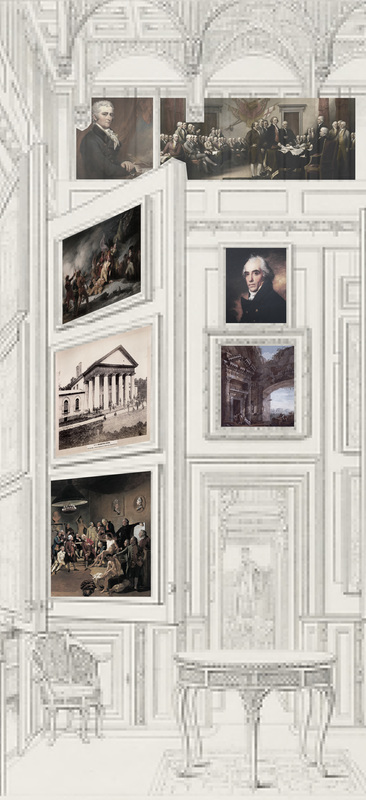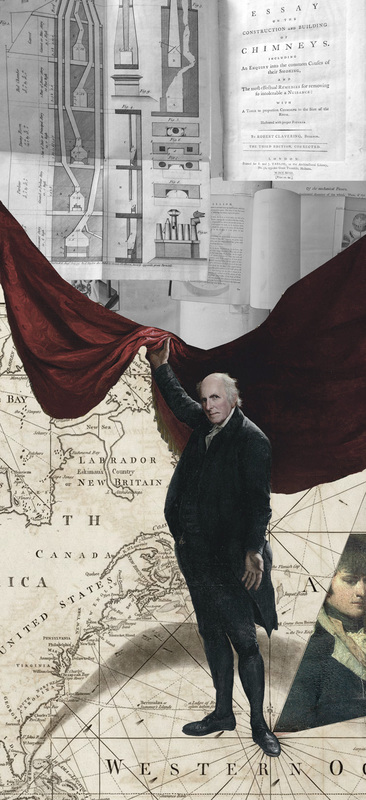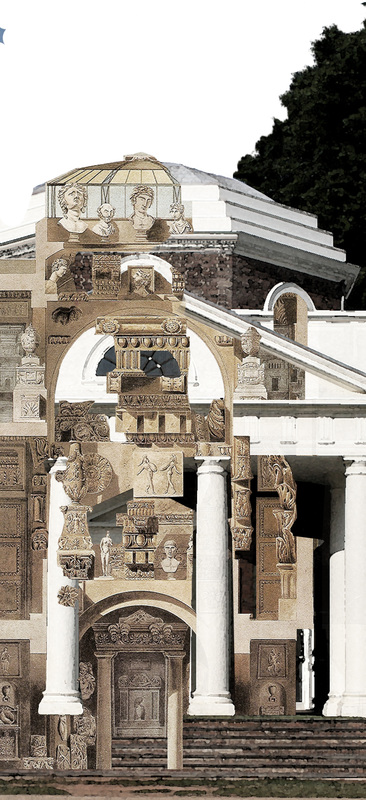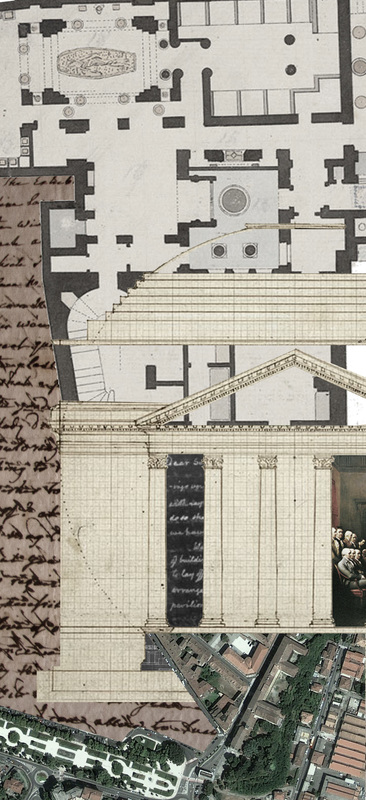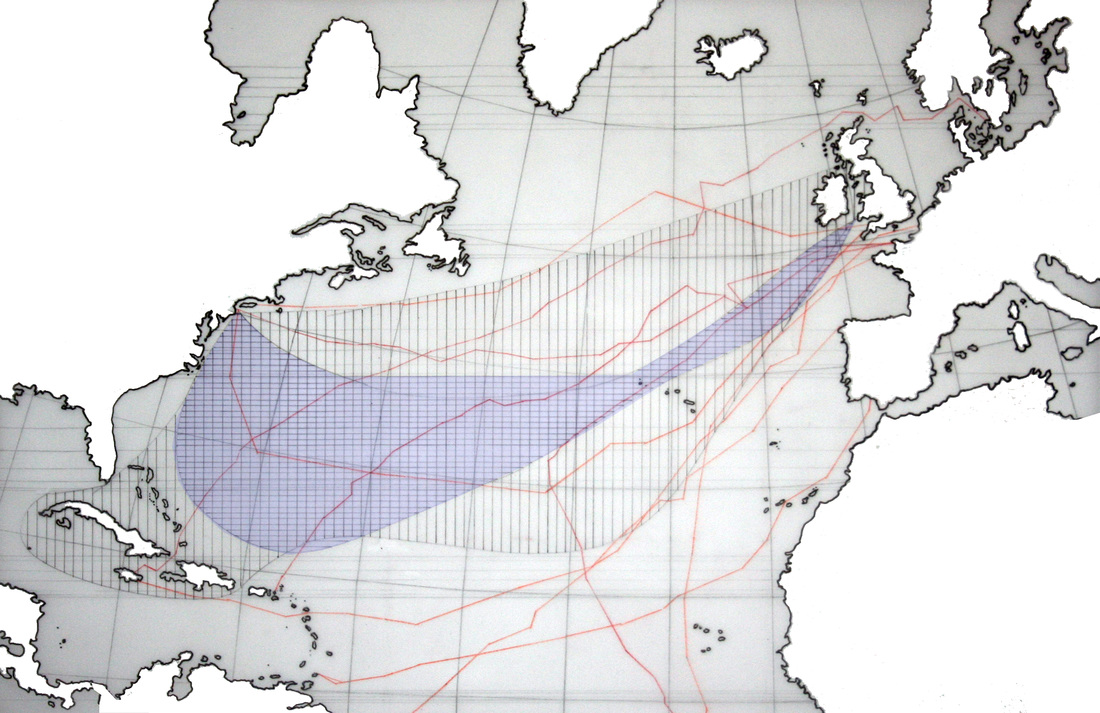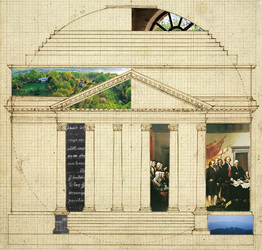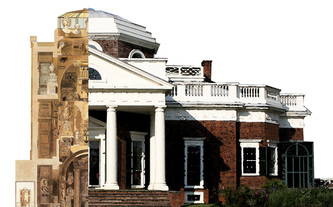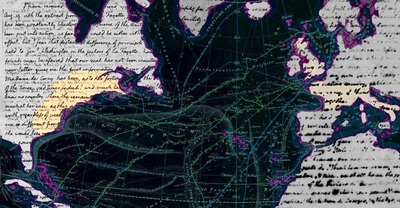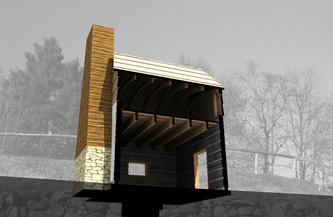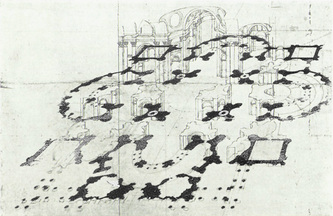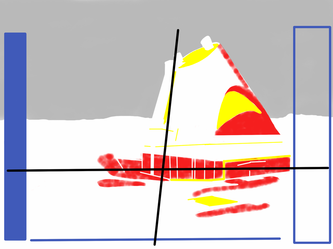Coming June 2024!Political, economic, and literary historians have studied the transatlantic connections between America, England, and the European continent. More consideration, however, needs to be given to how transatlantic exchange influenced architectural culture. The contours and impact of the Transatlantic Design Network on architectural culture can be traced through a detailed study of Thomas Jefferson (1743-1826) and Sir John Soane (1753-1837). Although they never met, they were connected by key figures, such as Maria Hadfield Cosway (1760- 1838), an artist, designer, and educator who corresponded with each man for over four decades. The architectural pilgrimage sites of Monticello and Soane’s Museum are at the heart of this JefferSoanean study, yet the book contextualizes the house museums beyond their nationalistic lenses by uncovering forgotten places, designers, and attributions.
Order a copy here.
|
The Transatlantic Design Network, 1768-1838
|
Time wastes too fast: every letter
I trace tells me with what rapidity life follows my pen. The days and hours of it are flying over our heads like clouds of windy day never to return-- more. Every thing presses on-— from The Life and Opinions of Tristram Shandy, Gentleman by Laurence Sterne |
The borrowed lines from Sterne may read as the preface to a dramatic saga; however, this research is not the story of a historic love triangle or an affair. This is the story of architectural romance. This is the story of two architects, from opposite sides of the Atlantic Ocean and a series of meetings, accidents, and exchanges that sparked friendships that spanned decades and distances. Although Jefferson and Soane never met, they shared a wealth of interpersonal connections as well as similar approaches to aesthetics, architecture, and education, as evidenced by their respective house museums.
|
The 'plot lines' of Jefferson, Cosway, and Soane in the style of Lawrence Sterne, by Danielle Willkens.
|
The research presented here on The Transatlantic Design Network, 1768-1838, examines the enduring connections of figures, architectural sites, and theories for interpreting the built environment. The analysis of this dynamic community proves that architects, artists, and patrons fluidly traversed the Atlantic Ocean through physical and cerebral means: letter exchange, drawings, and publications, personal travels, and international architecture project recruitment. Two internationally recognized designers form the generative core of my study, Thomas Jefferson (1743-1826) and Sir John Soane (1753-1836); however on a larger scale, the research has uncovered a broad network of figures who transformed how buildings interacted with the environment, served as vessels for education and actualized new governmental initiatives.
|
The Transatlantic Design Network, 1768-1838, served as a critical conduit for the early design circles of the nation that
connected architects, artists, engineers, and urban visionaries with not only their American colleagues but also their peers abroad. |
Organization
Given the broad scope of this study, it is organized in an episodic and thematic way. Each chapter is focused on one of the themes within the analysis of the Transatlantic Design Network: people, sites, and legacies. Within this structure, the chapters may be read chronologically, thematically, or independently. Presented as focused episodes, the chapters are akin to a narrative collections catalog, a type of document that both Jefferson and Soane cultivated in recording the varied contents of their house-museums. In concert, people, places, objects, and legacies intertwine to present an untold story about how transatlantic friendships and rivalries shaped architecture and design education. Although Jefferson, Soane, and Cosway are the principal foci of the study and, respectively, provide lenses on design interests and occupations in America, England, and continental Europe, this study is a weighted survey that dedicates more attention to the context of American architectural development. It intends to prove that, through the movement of people and ideas in and out of the new nation, there was an active transatlantic dialogue that shaped selected architecture and landscape architecture projects.
|
The selected timeframe of 1768 to 1838 encompasses the productive lifetimes of the three main figures of the study as well as the active construction of both Monticello and Soane’s Museum, from Jefferson’s leveling of the mountaintop in 1768 to Soane’s last changes at his house-museum before his death in 1837. In America, the time frame captures the critical and ideological transitions from the colonial period to the Early Republic. By 1838, the nation was on the eve of Manifest Destiny, a massive expansion in geographical boundaries and political purview that shaped what would become the antebellum era. For England, the closing date of this study coincides with the coronation of Queen Victoria and the inauguration of a new era characterized by drastic changes in taste and technology. The selected time period is also framed by several major transitions in travel and politics. Bracketed by the latter portion of the Republic of Letters and the era of the steam-driven transatlantic oceanliner that began in the late 1830s, this study of the Transatlantic Design Network examines a period of exchange when letters were still primarily conveyed through personal interactions; although oceanic travel was far easier than earlier centuries, transatlantic voyages were not yet readily accessible. In 1838, the Great Western Steamship Company established its first route between Bristol and New York. With faster and smoother travel than packet ships, the number of Americans traveling to Europe grew exponentially from one or two thousand in the late 1700s and early 1800s to over 30,000 on the eve of the Civil War.
|
The spring (blue fill) and fall (gray hatch) routes of packet ships and merchant vessels crossing the Atlantic with major trade routes outlined in red, c.1750s-1820s.
COMING SOON:
explore other maps of the Transatlantic Design Network |
